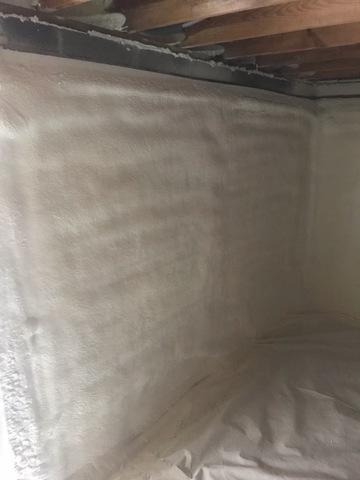
Insulating foundation walls
Closed-cell spray foam insulation is applied to the crawl space walls leaving a 2" viewing strip for termite inspections, per VA building code. We ensure a clean line for termite inspectors by installing our Ries Piece before application.
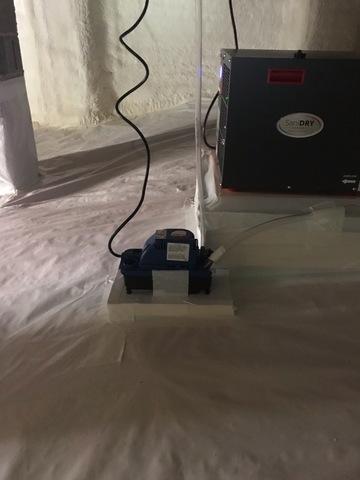
SaniDry Sedona Dehumidifier
Installing a dehumidifier in the crawl space is the final piece to controlling relative humidity. The goal is to keep the relative humidity below 60%, where the opportunity for microbial growth begins. The SaniDry Sedona only turns on when the relative humidity is at about 55%, saving energy and protecting your home.
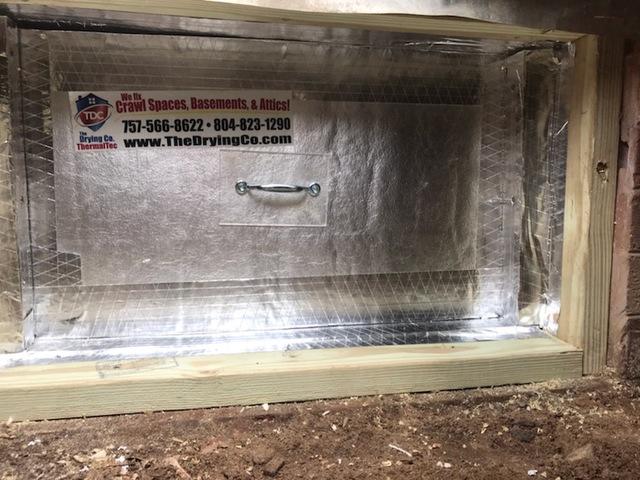
Insulating behind the Crawl Space Door
Your crawl space door is an often overlooked space that allows outside air carrying moisture in the summer and cold air in the winter to pour into your crawl space. This is why we developed the Friction Fit interior Crawl Space door. It both suffices the continuous R-10 of insulation required by VA building code for crawl space encapsulation, but it also air seals behind the exterior crawl space door.
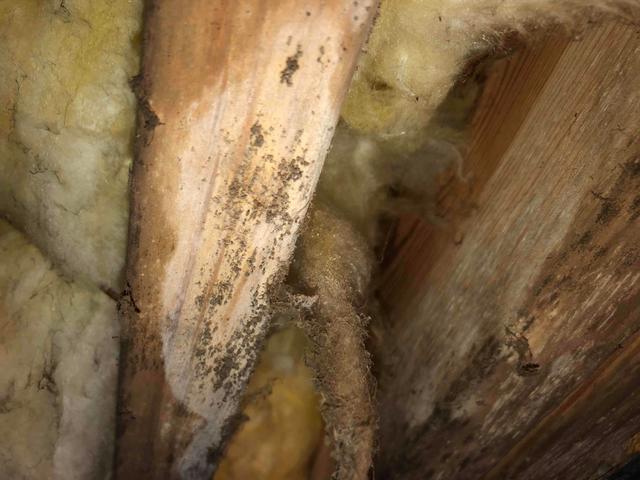
Microbial Growth on Floor Joists
As condensation builds in the crawl space, it is absorbed by the insulation and joists. High relative humidity and warm temperatures create the ideal environment for mildew/mold to grow on organic materials.
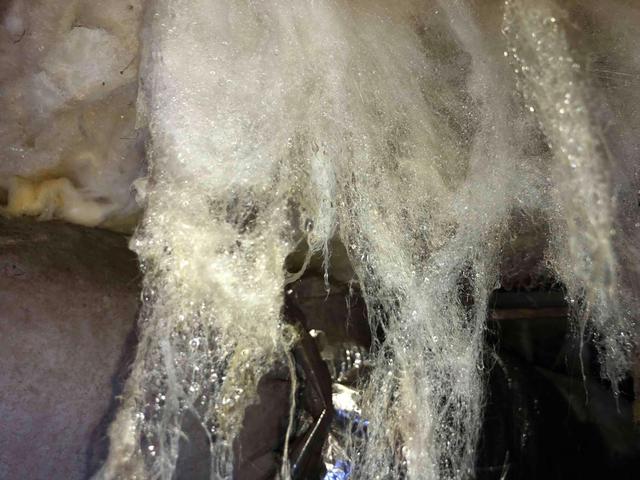
Moisture and Falling Insulation
Fiberglass insulation absorbs water like a sponge. The more water it absorbs, the heavier it becomes, rusting out the rods holding it in the joists, distributing its moisture into the wood structure, and falling. This leaves you with cold floors, humidity in your home, poor indoor air quality, and high energy bills.
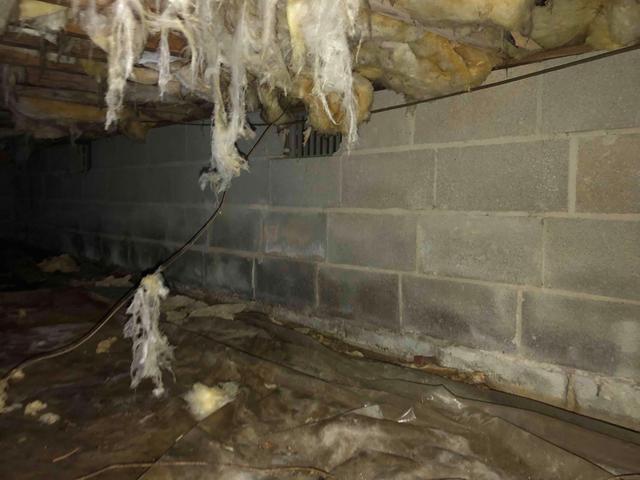
Water Infiltration in Crawl Space
The dark staining on the foundation walls is an indicator of water and condensation collecting on the block. The white powdery or chalky substance on the wall is efflorescence, which is a result of minerals being pulled to the surface of the block by moisture. These are both indicators that there are water concerns in the crawl space, that need to be addressed.
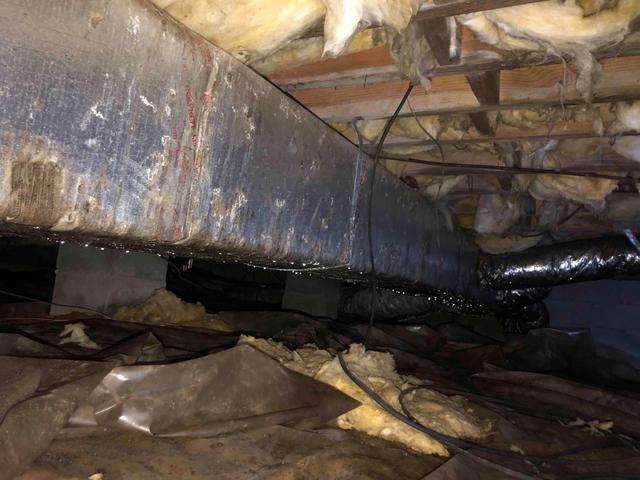
Ductwork and Condensation in the crawl space
Many crawl spaces are home to the ductwork that delivers conditioned air to the rooms in our home. Since vented dirt crawl spaces are outside, this means we're allowing our ductwork to live outside and be affected by the elements. As condensation collects on the duct lines, think about it like setting a glass of iced tea outside on a hot summer day, it can deteriorate the duct insulation, if present or result in rust on the duct lines. Gaps in ductwork also allow allergens and dust to find their way inside your home.


